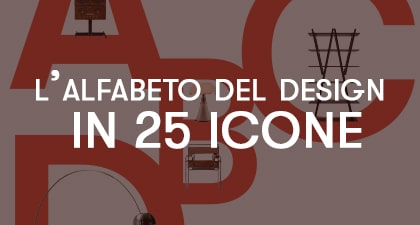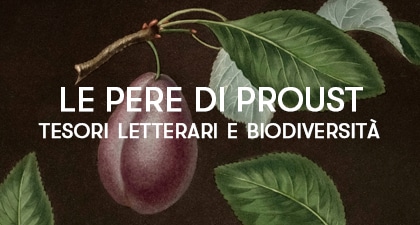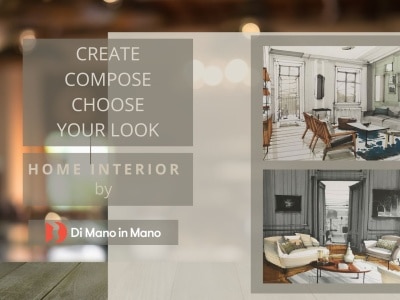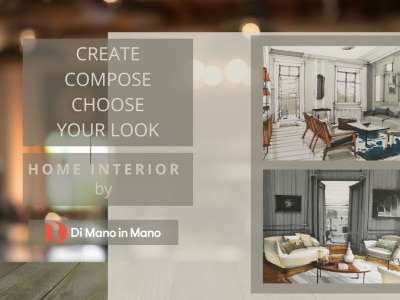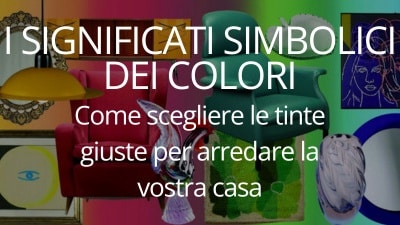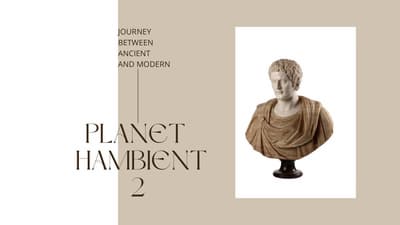
We continue our journey in a new setting that features not only furniture elements, but also works of art with an antique flavour.
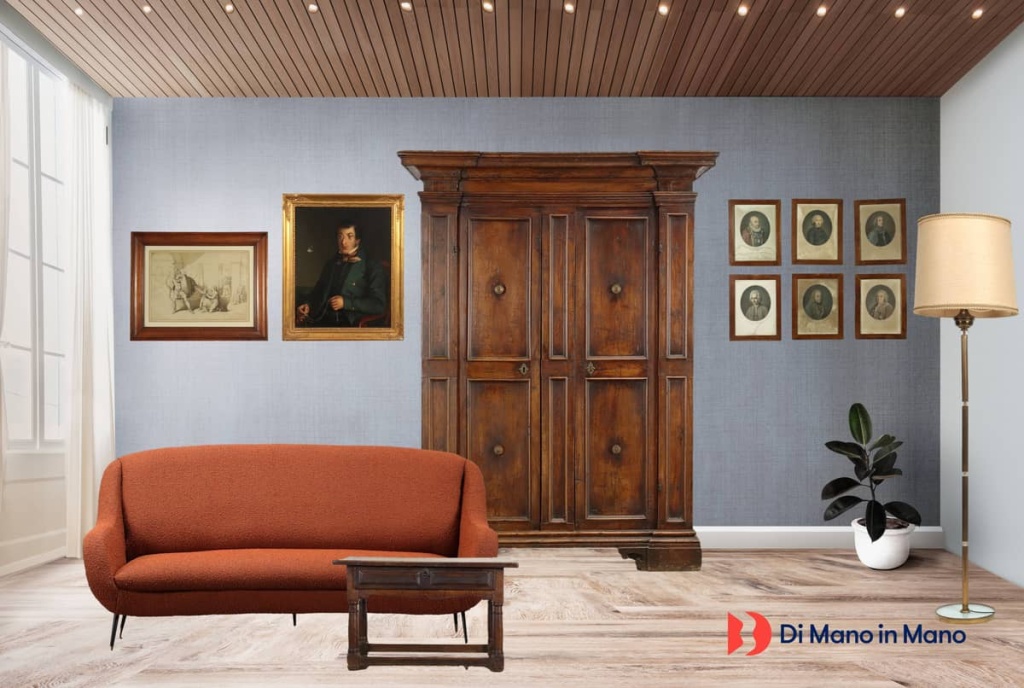
In a location that could be identified with your living room, attention turns in two directions: the sofa and the storage cupboard.
The sofa, manufactured in Italy, stands out for its lobster-coloured fabric and the curved shape of its design.
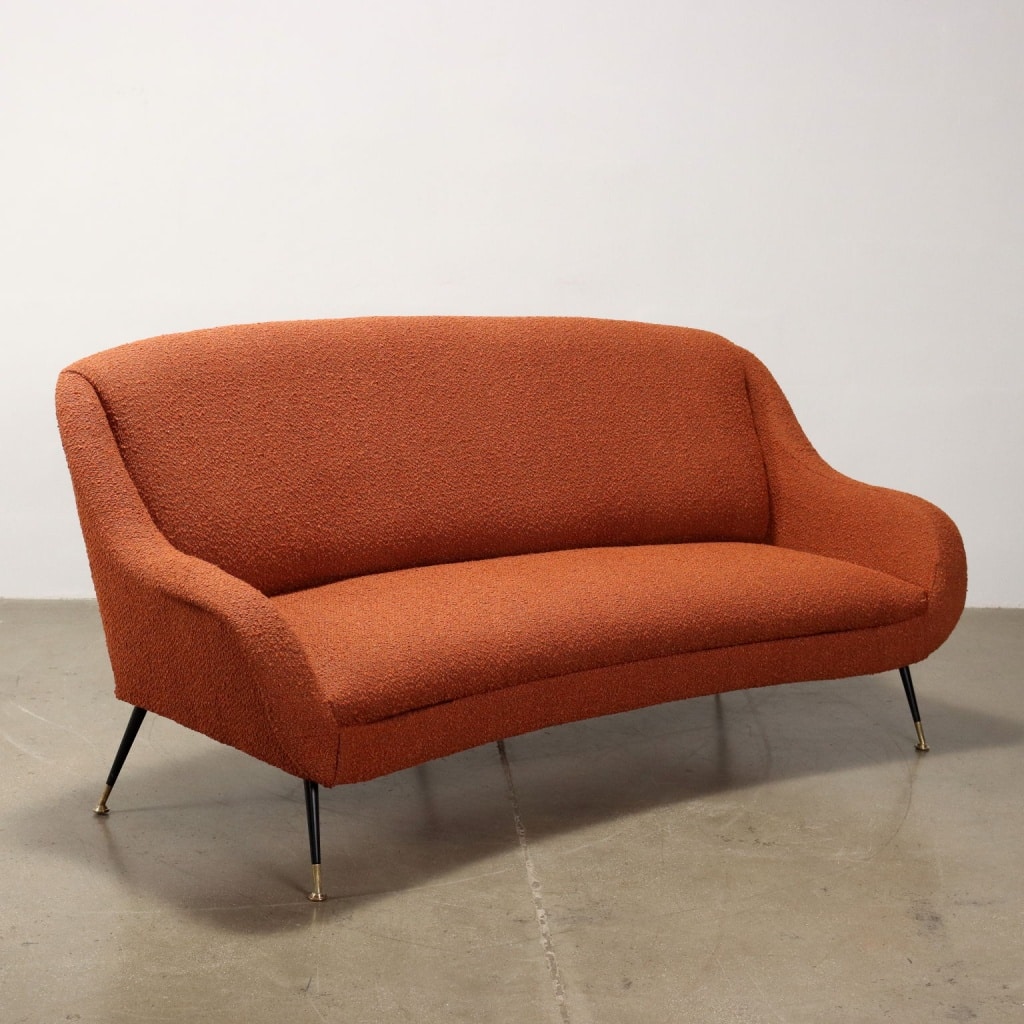

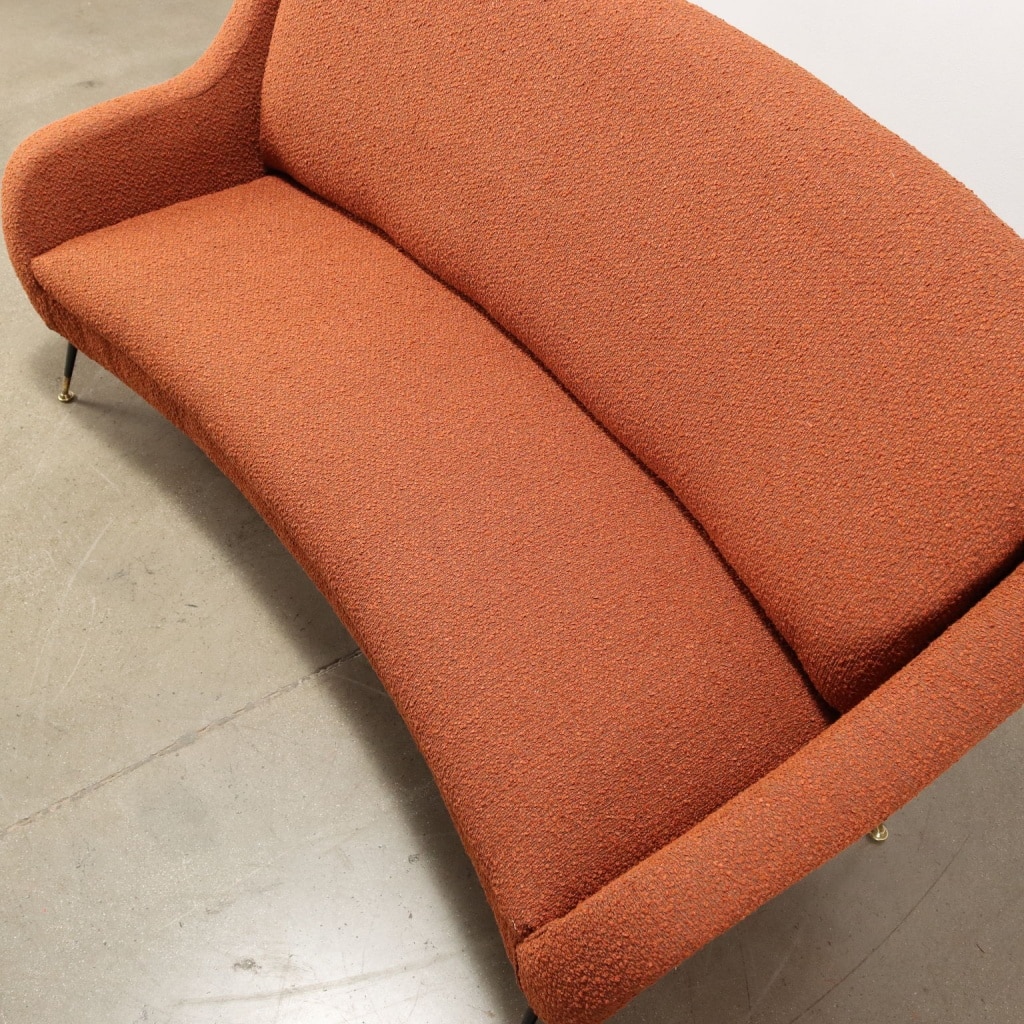
An antique walnut coffee table with finely turned legs reminiscent of a baroque style, equipped with a multi-purpose drawer, serves the seat.
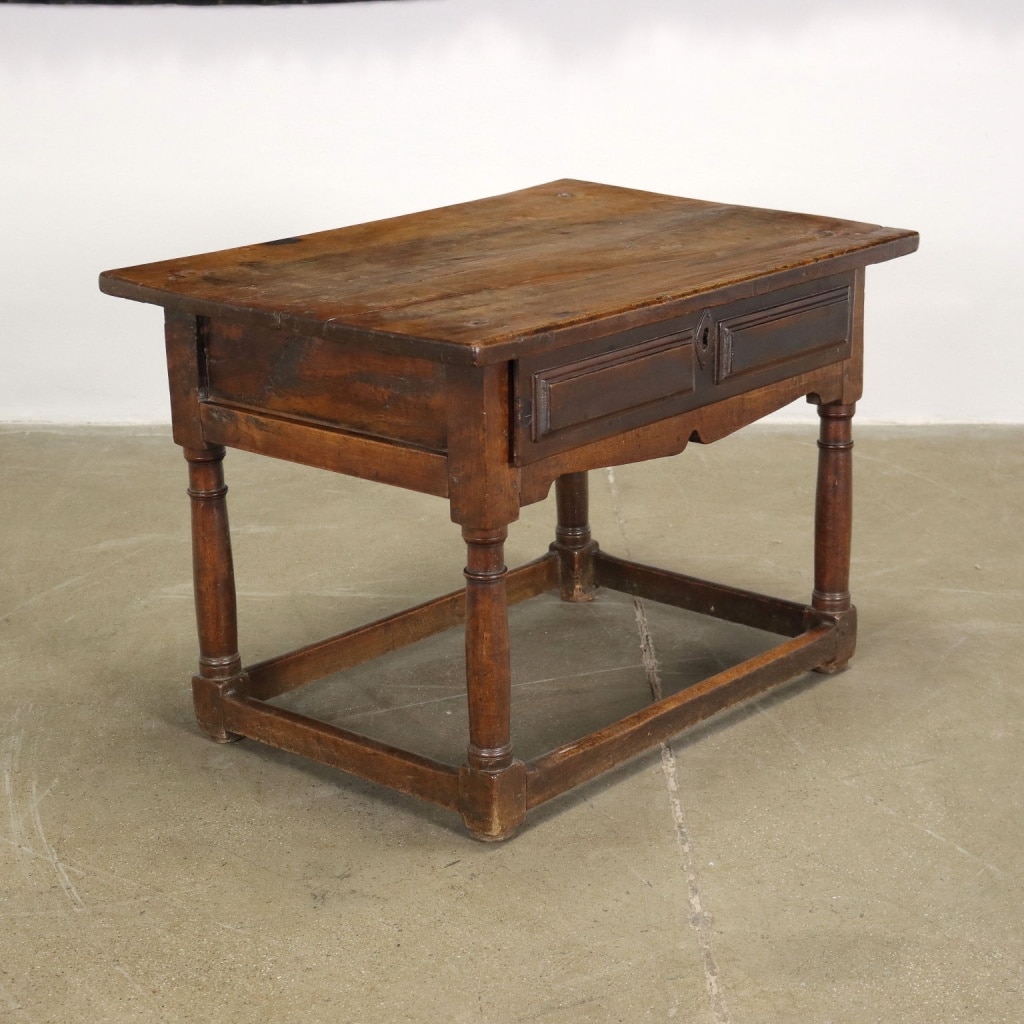
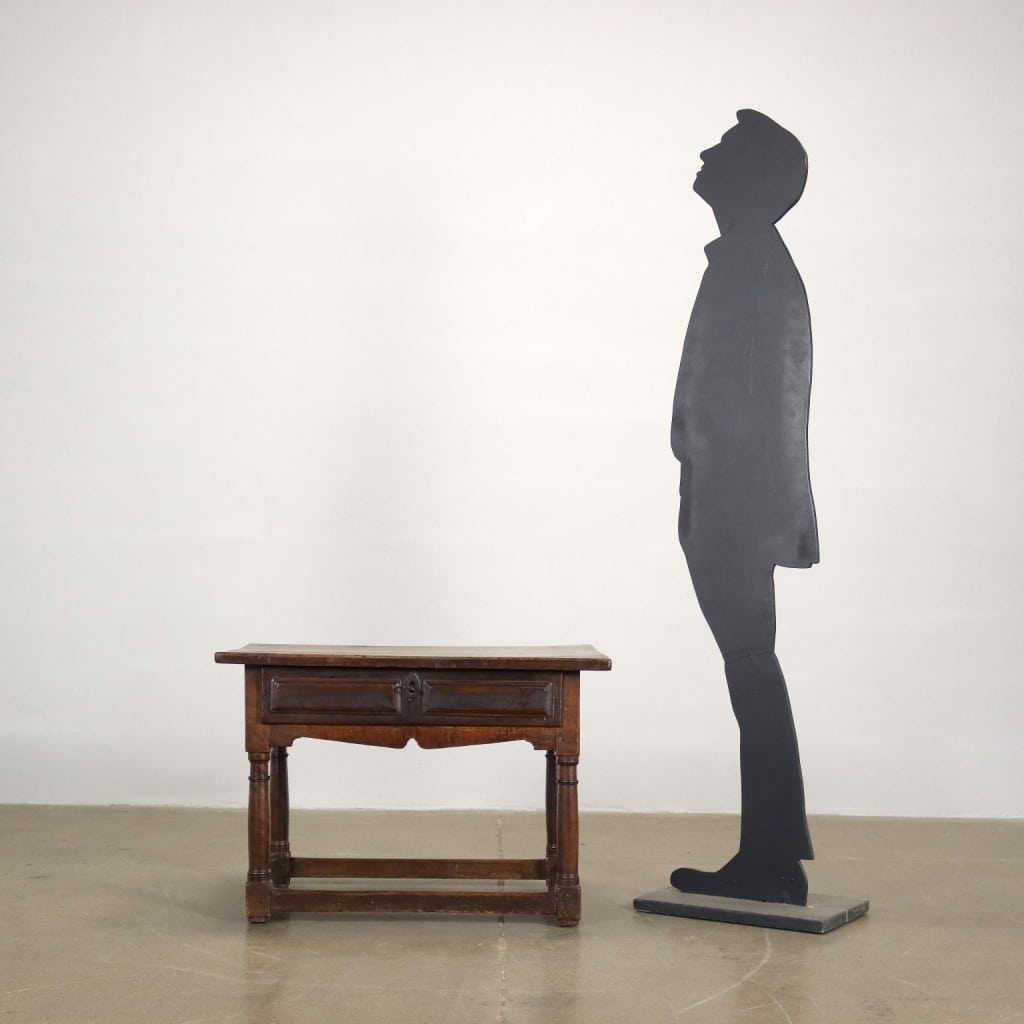
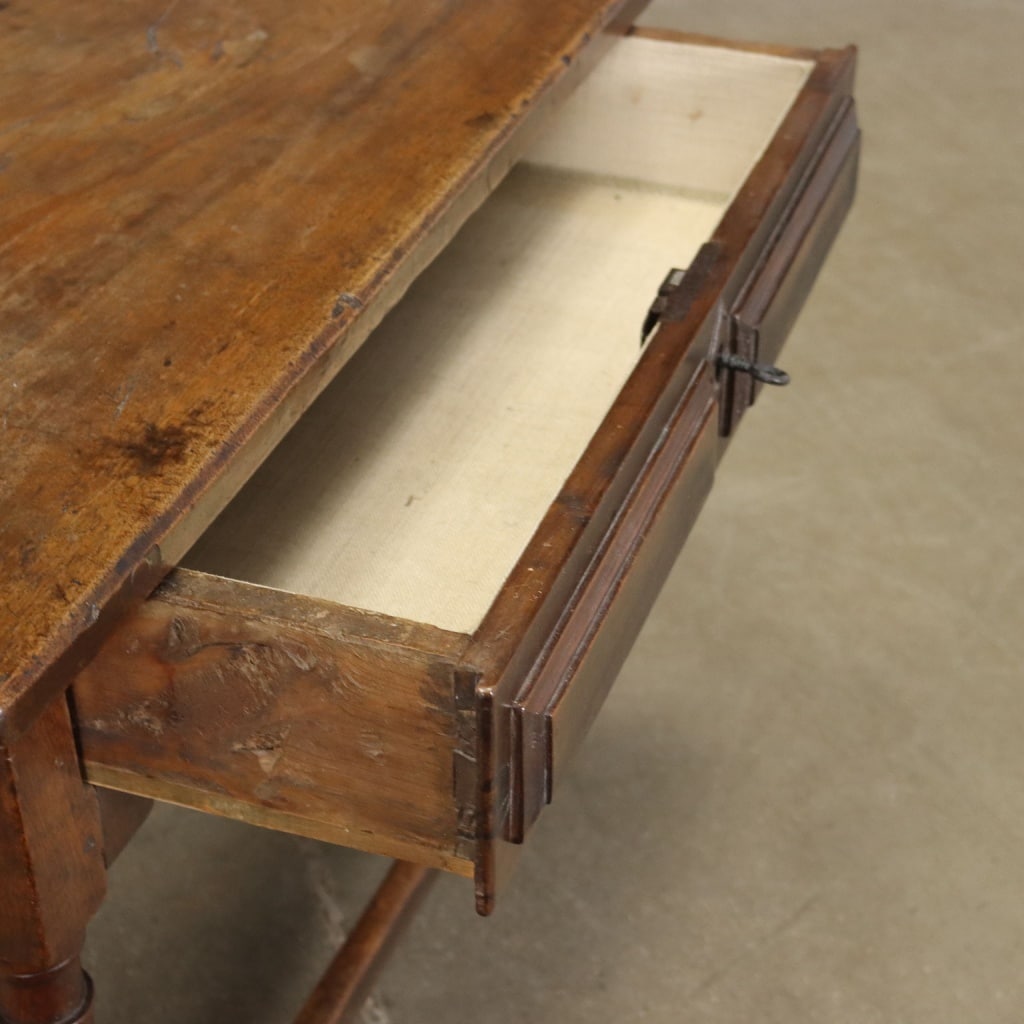
The aesthetic choice of a modern seat does not preclude the combination with an antique sideboard of significant dimensions. Temporally, it can be placed between the 17th and 18th centuries.
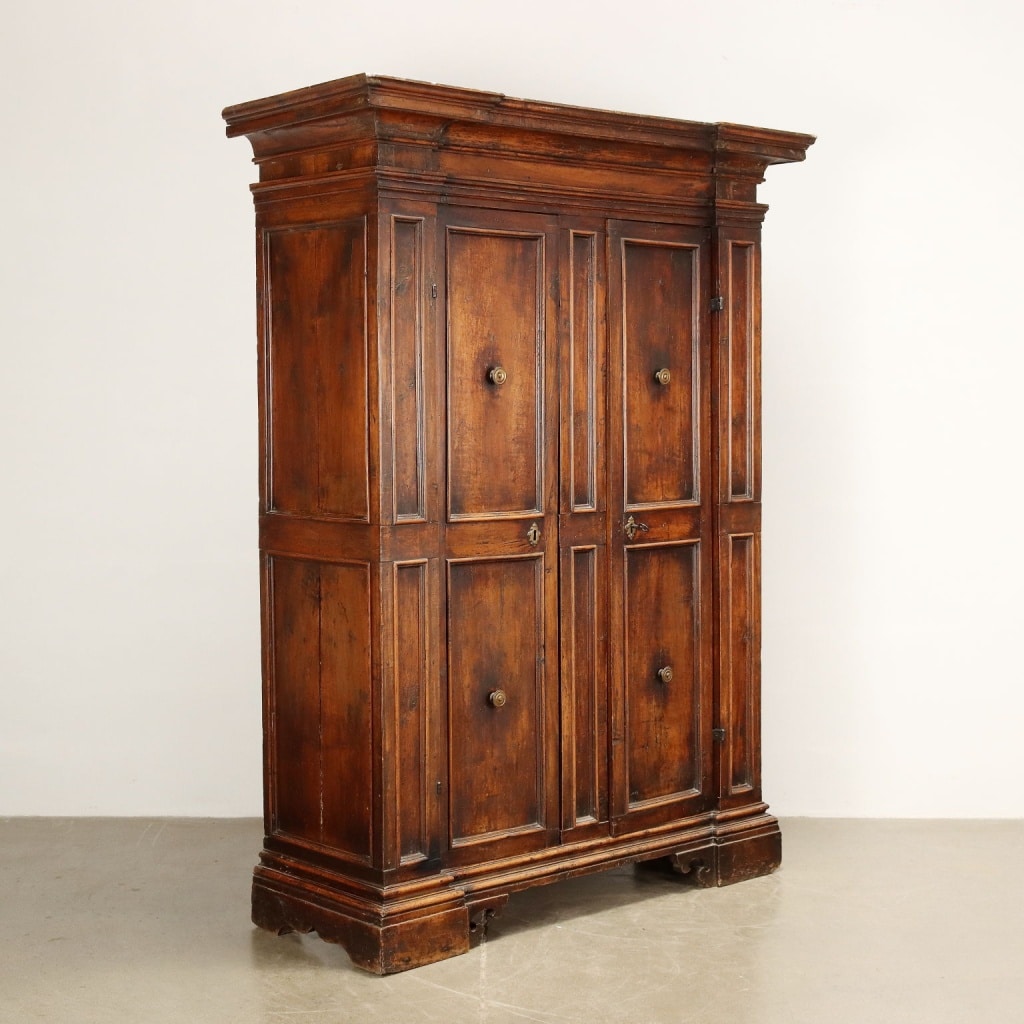
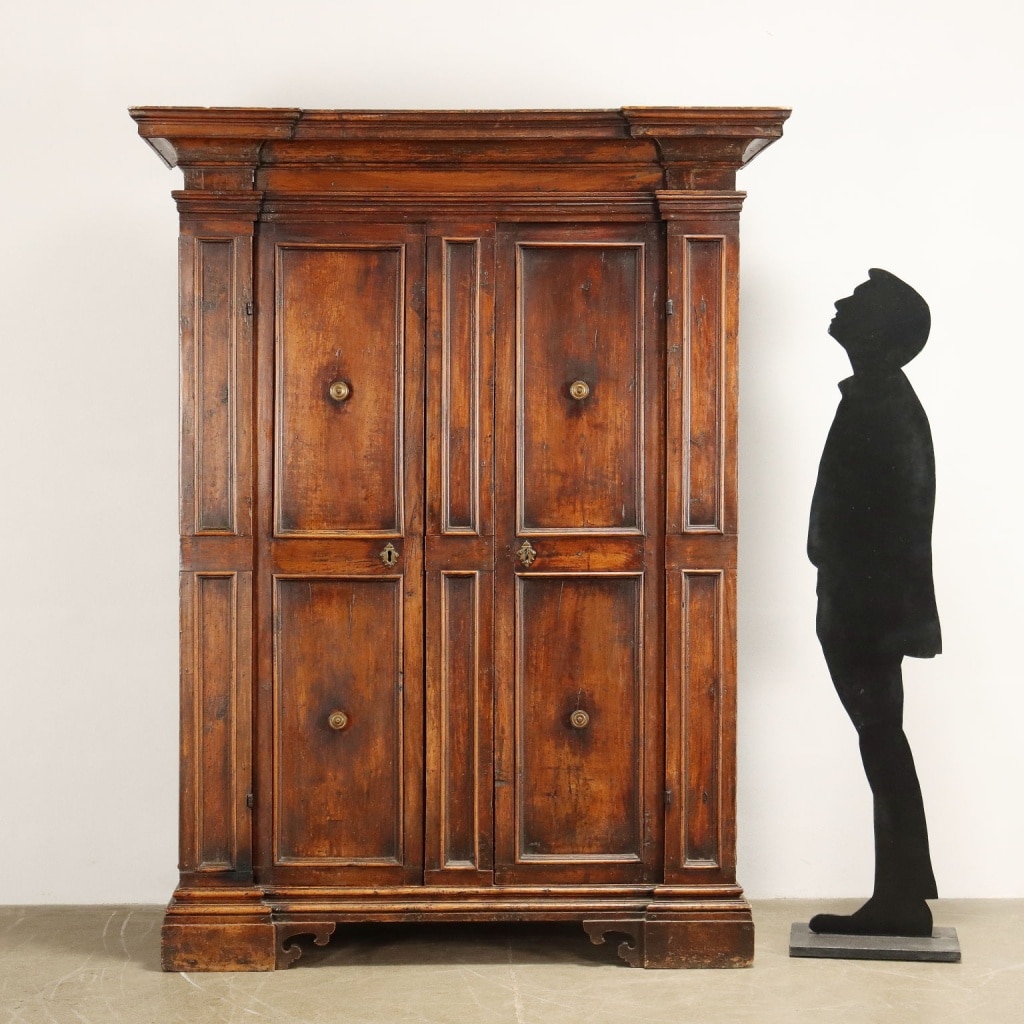

Of Renaissance design, but with Baroque elements, the cabinet is made entirely of walnut, and echoes the finish of the coffee table. It provides ample storage for plates, glasses and furnishings.
The ambient lighting is enhanced by a floor lamp of modern production dating from the first half of the 20th century. Embellishing the brass structure is a fabric lampshade that is well suited to the ‘artistic’ angle that decorates the wall.
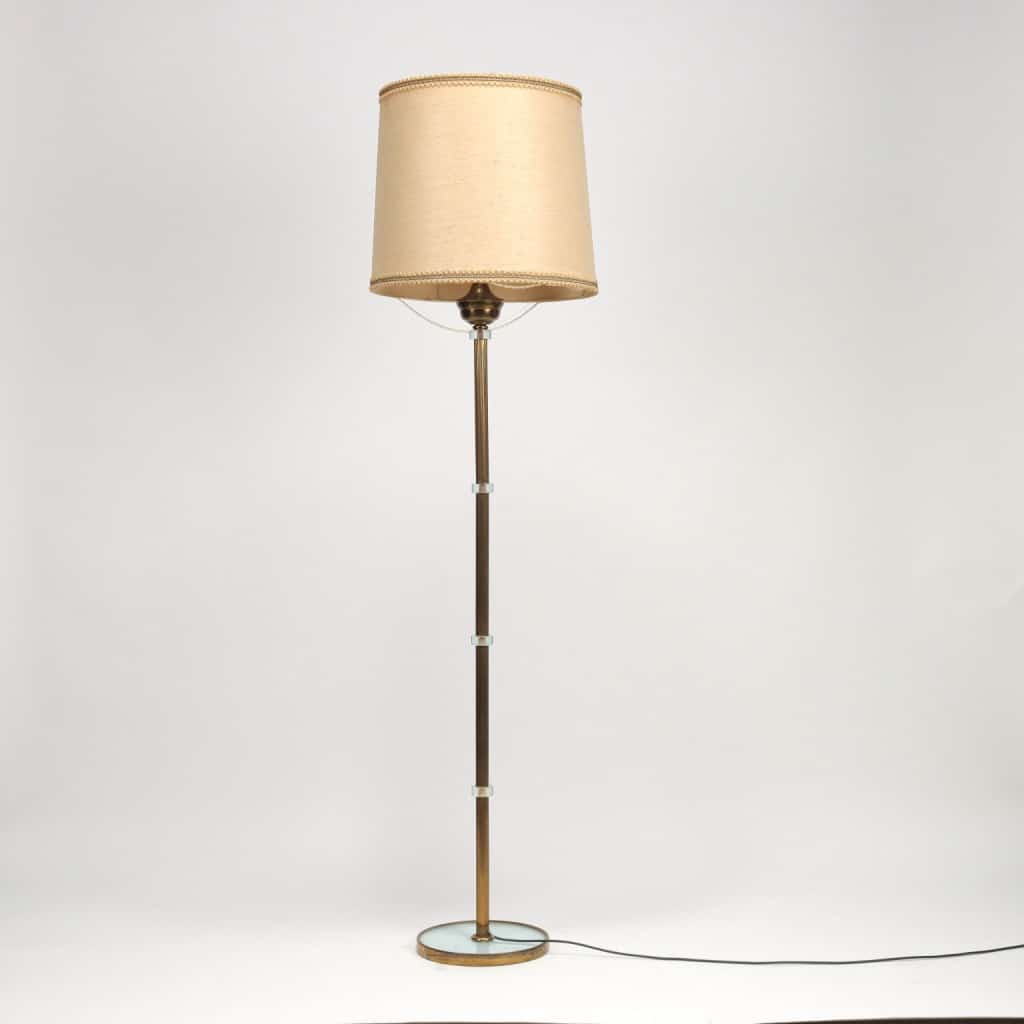


In the right corner, in fact, we find a series of six wooden frames dating back to the late 19th century. They contain prints of famous people engraved by Pierre-Michel Alix for the collection “Collection de portraits de grands hommes”.
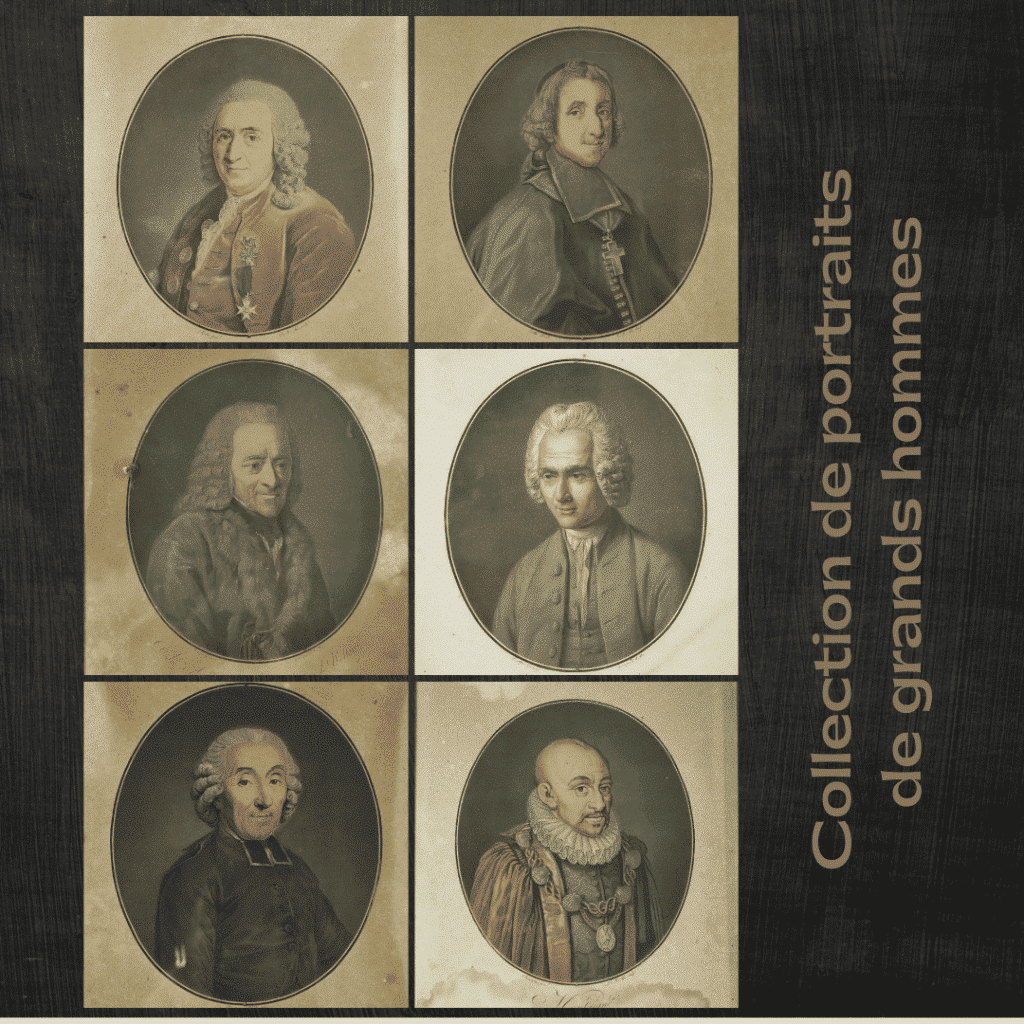
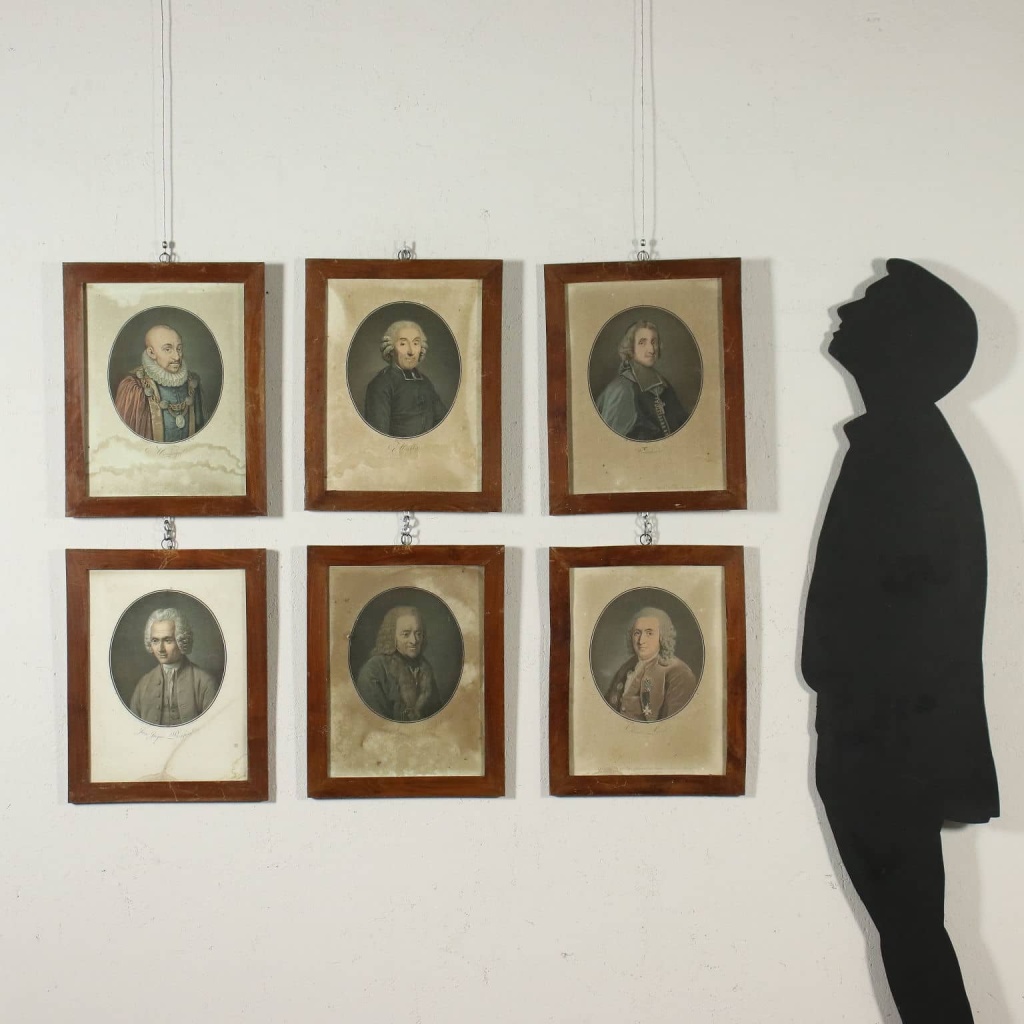
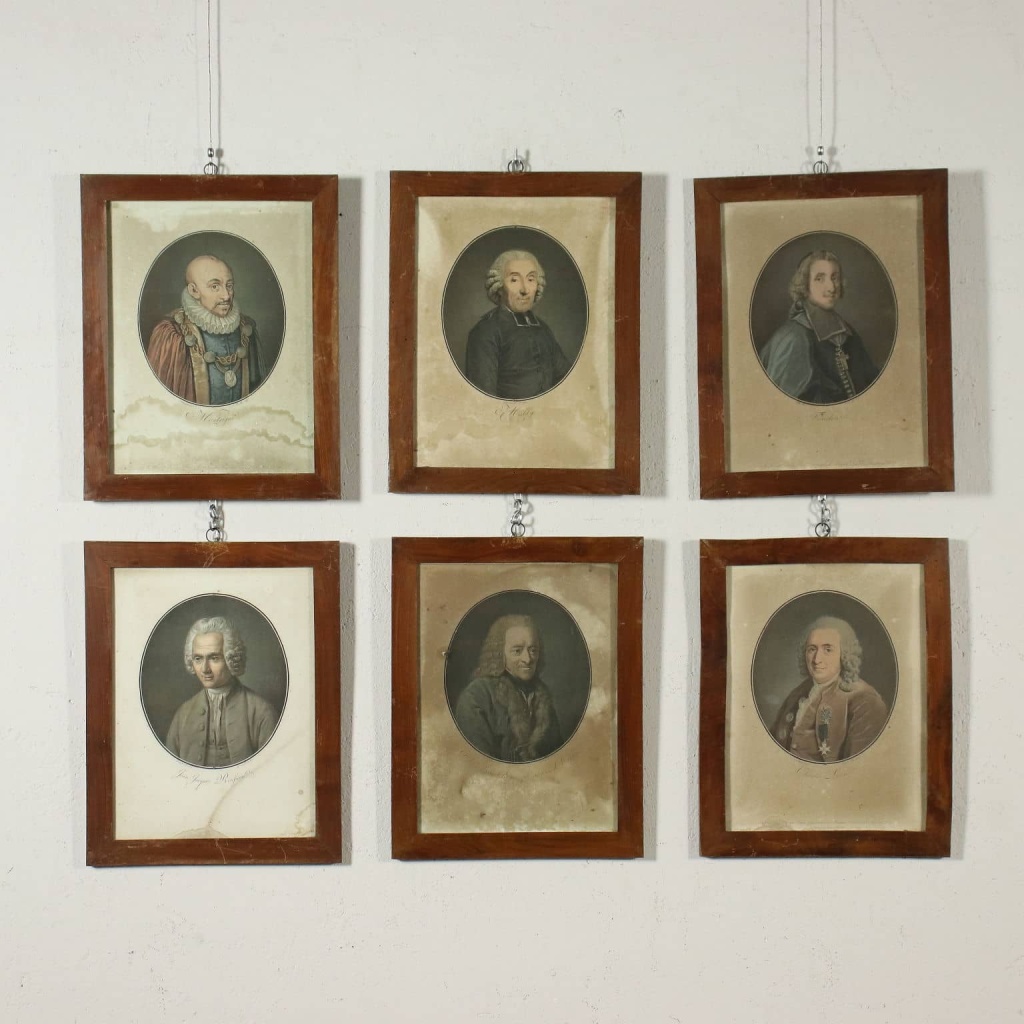
To the left of the cupeboard we find two other paintings, testimony of nineteenth-century art.
The portrait of a gentleman holding a medal with the family coat of arms in his hands is an oil on canvas, testimony to the Lombard school of painting. A gold leaf frame embellishes the painting.

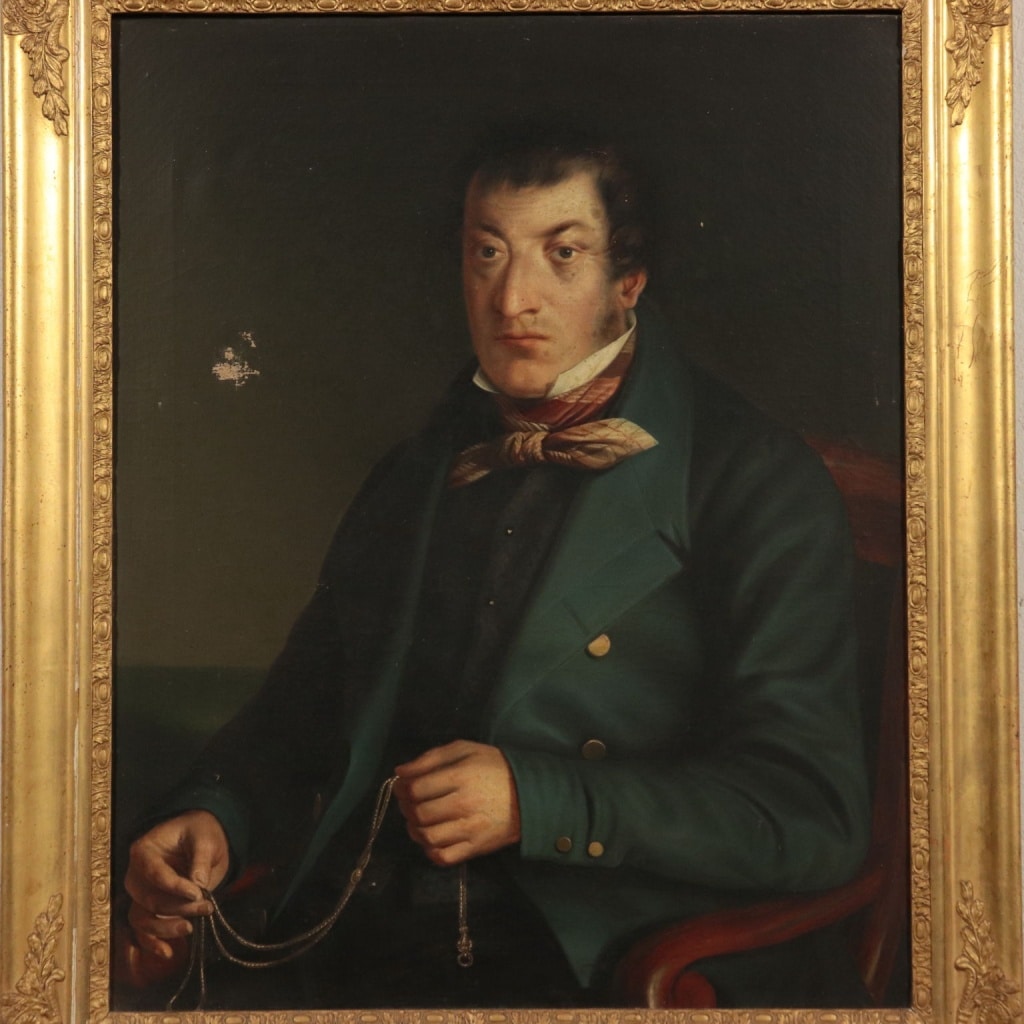
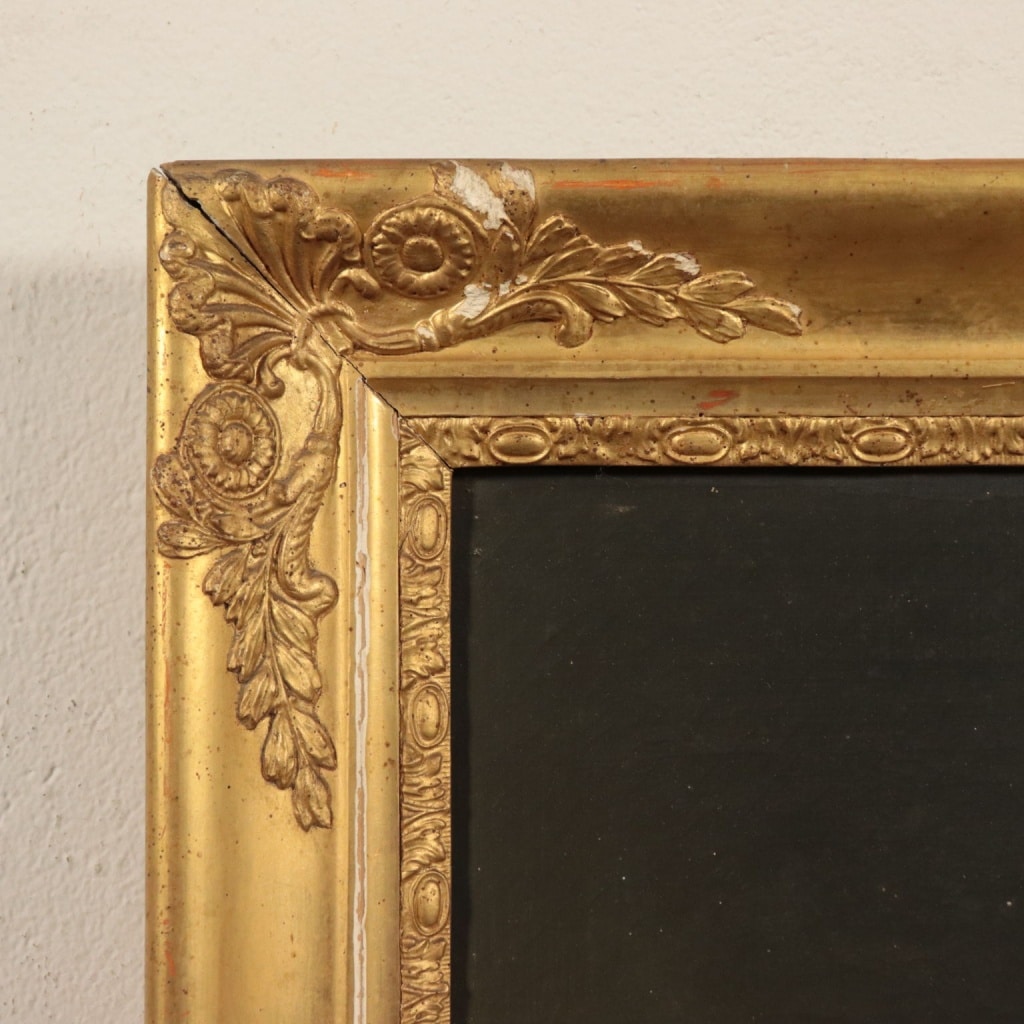
Alongside this work, we combined a painting signed Raffaele Postiglione entitled ‘Departure for War’. A mixed technique is used: Indian ink and watercolour on paper.
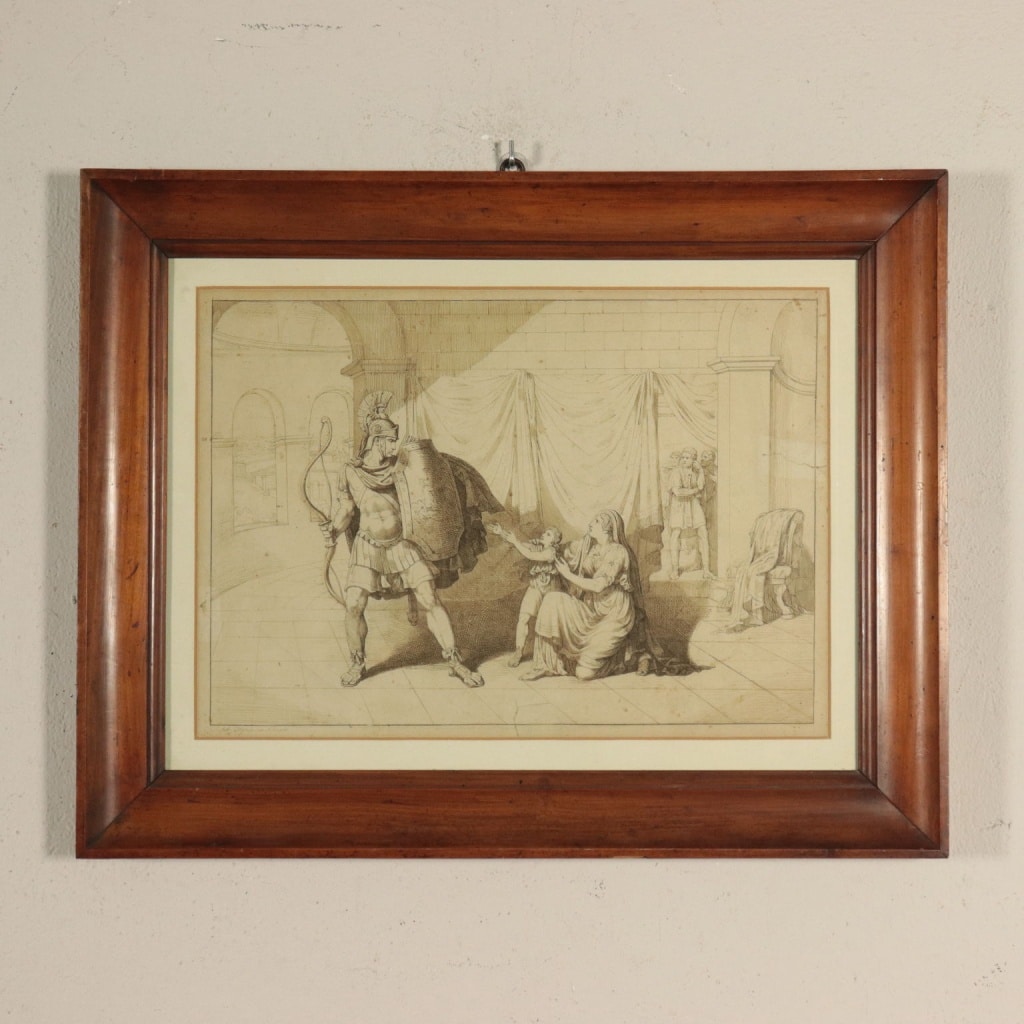
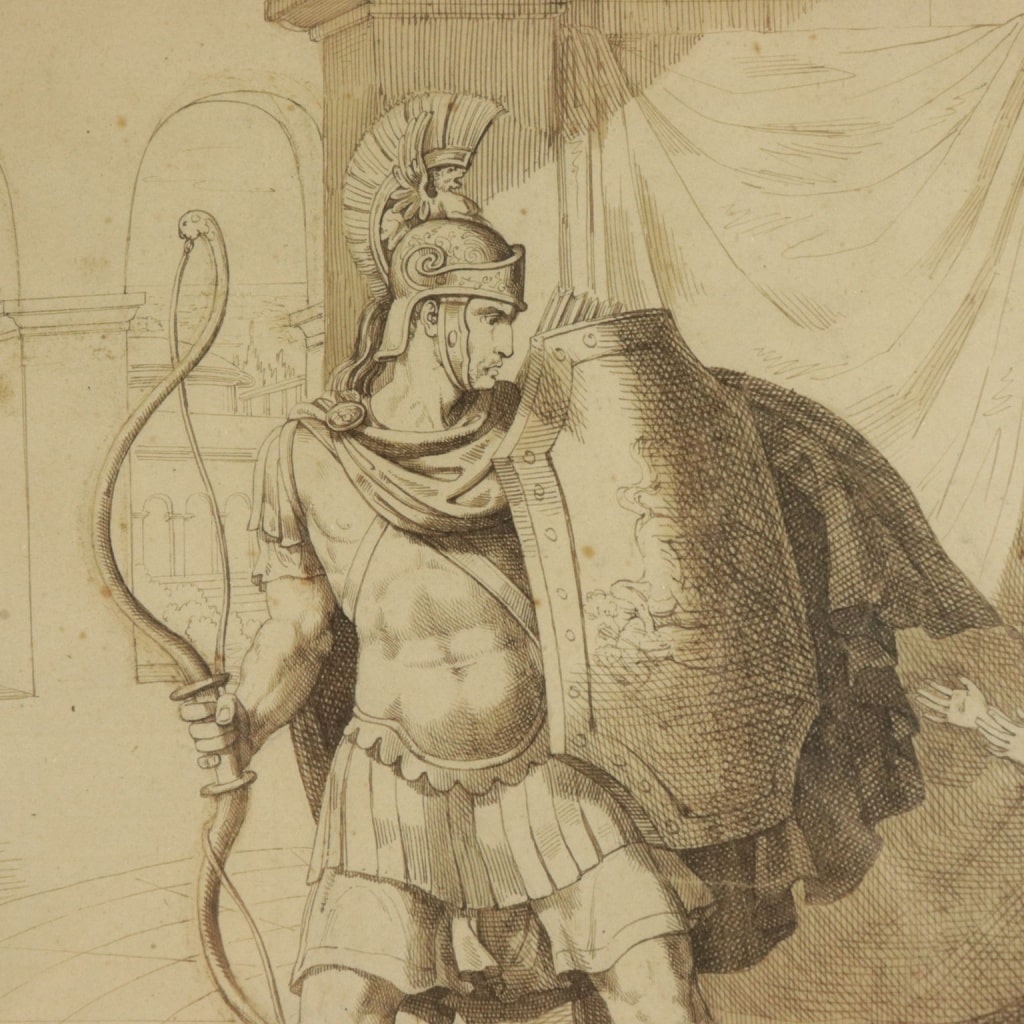
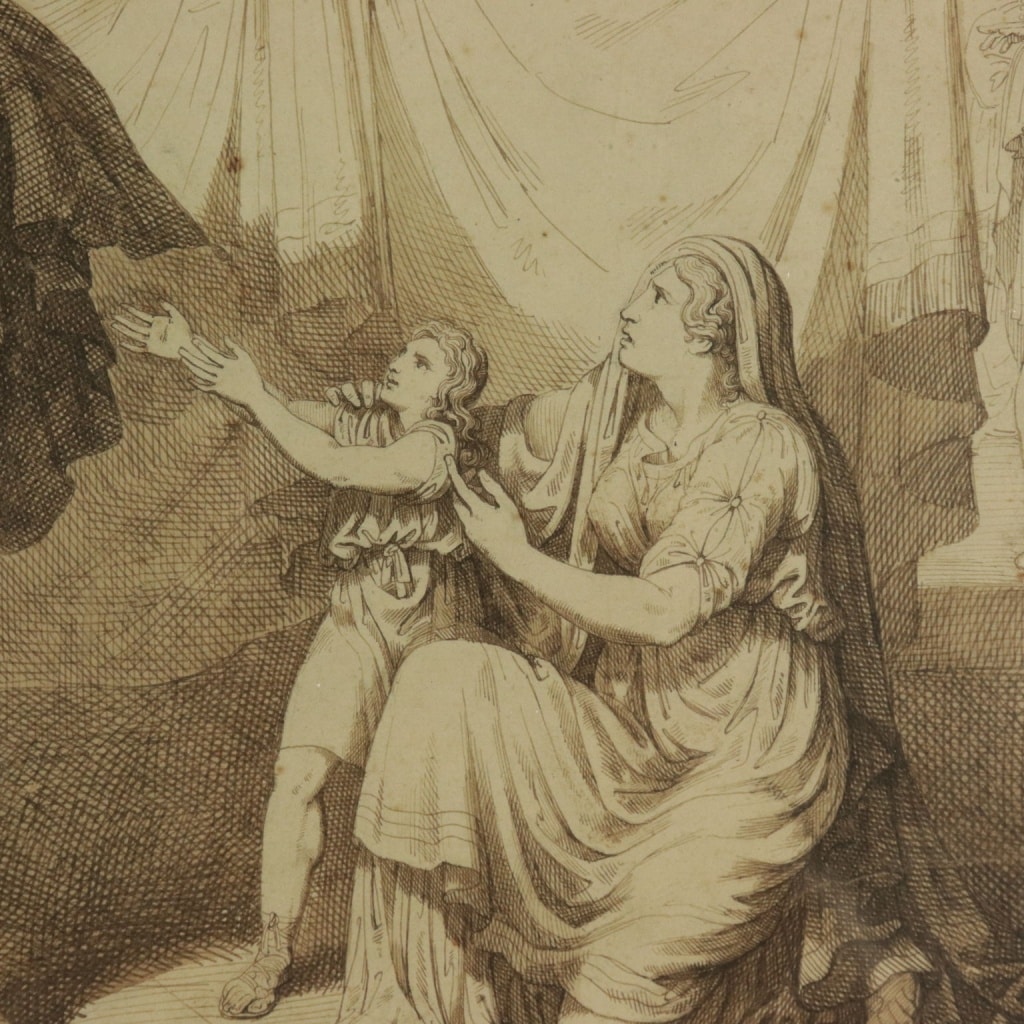
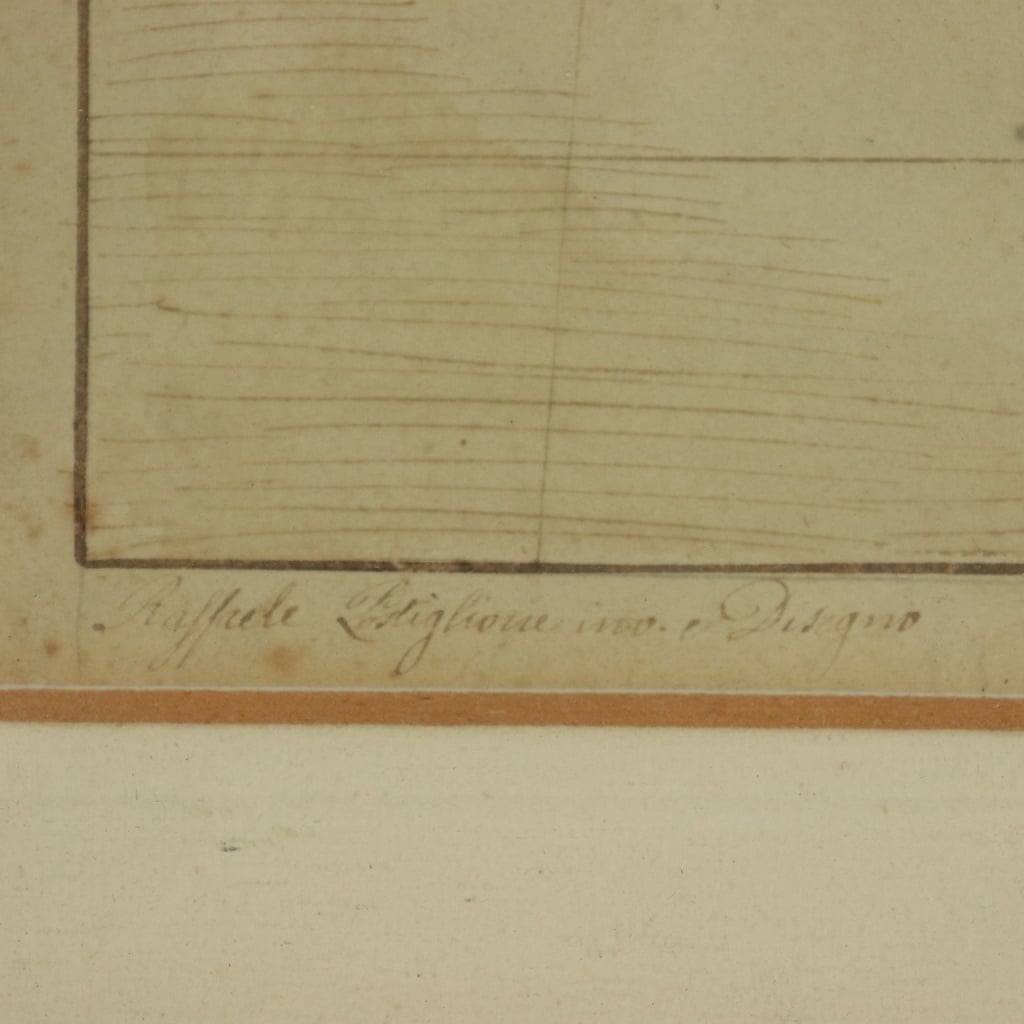
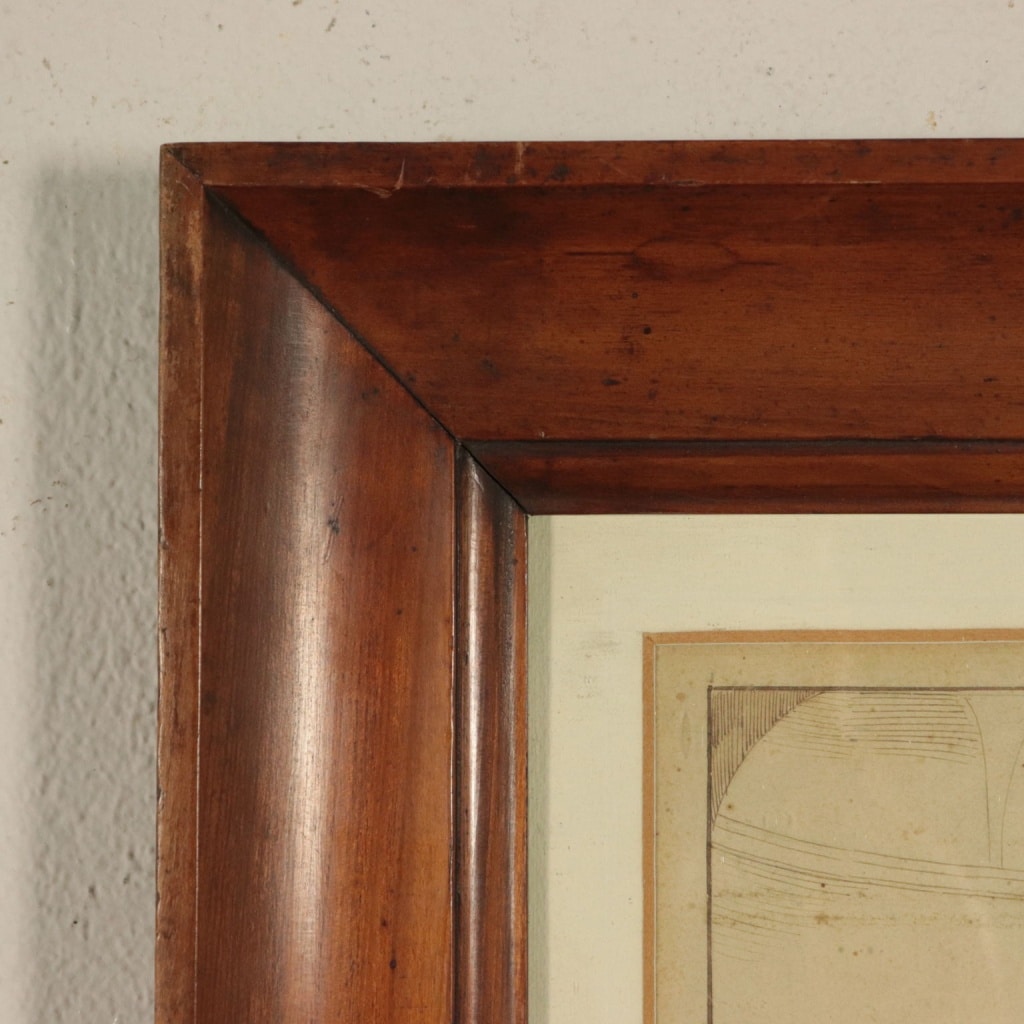
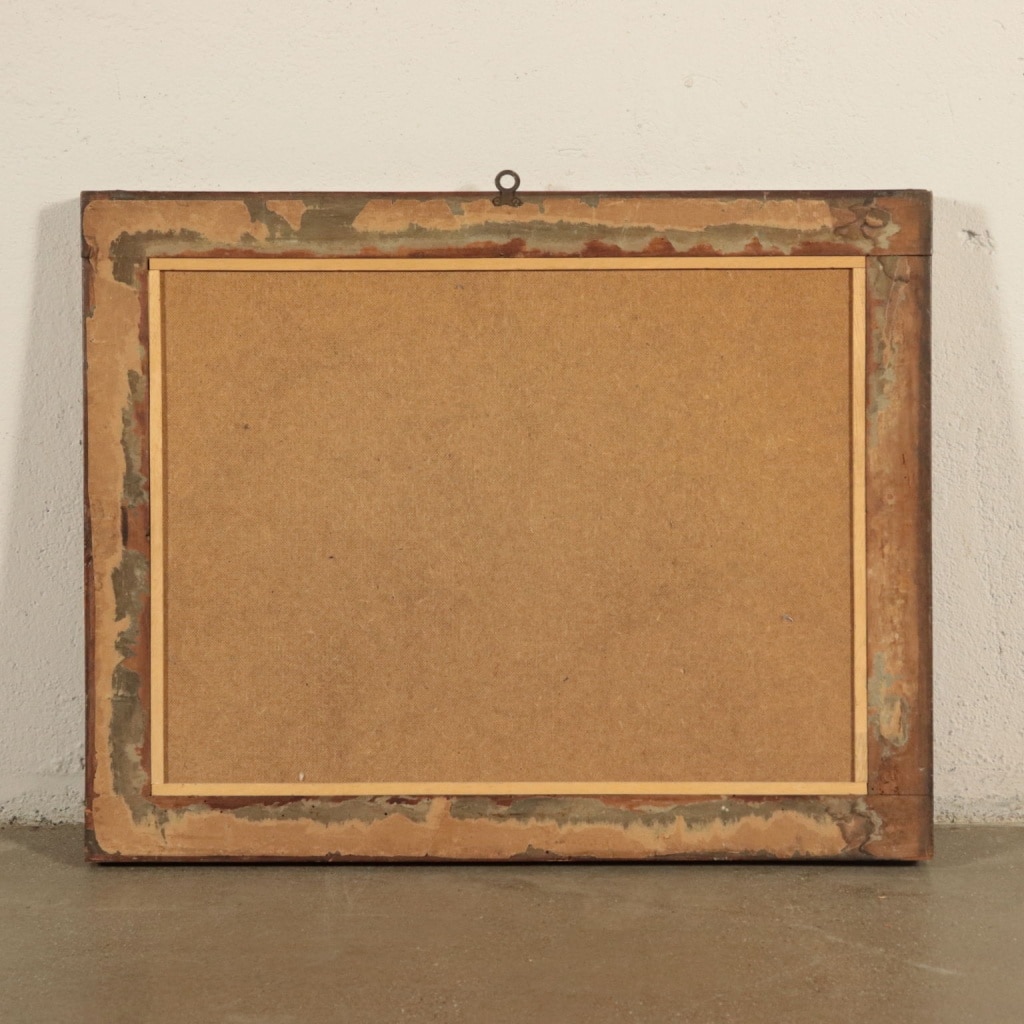
I look forward to seeing you next Thursday, from environment to environment, telling the story of interiors between present and past.


